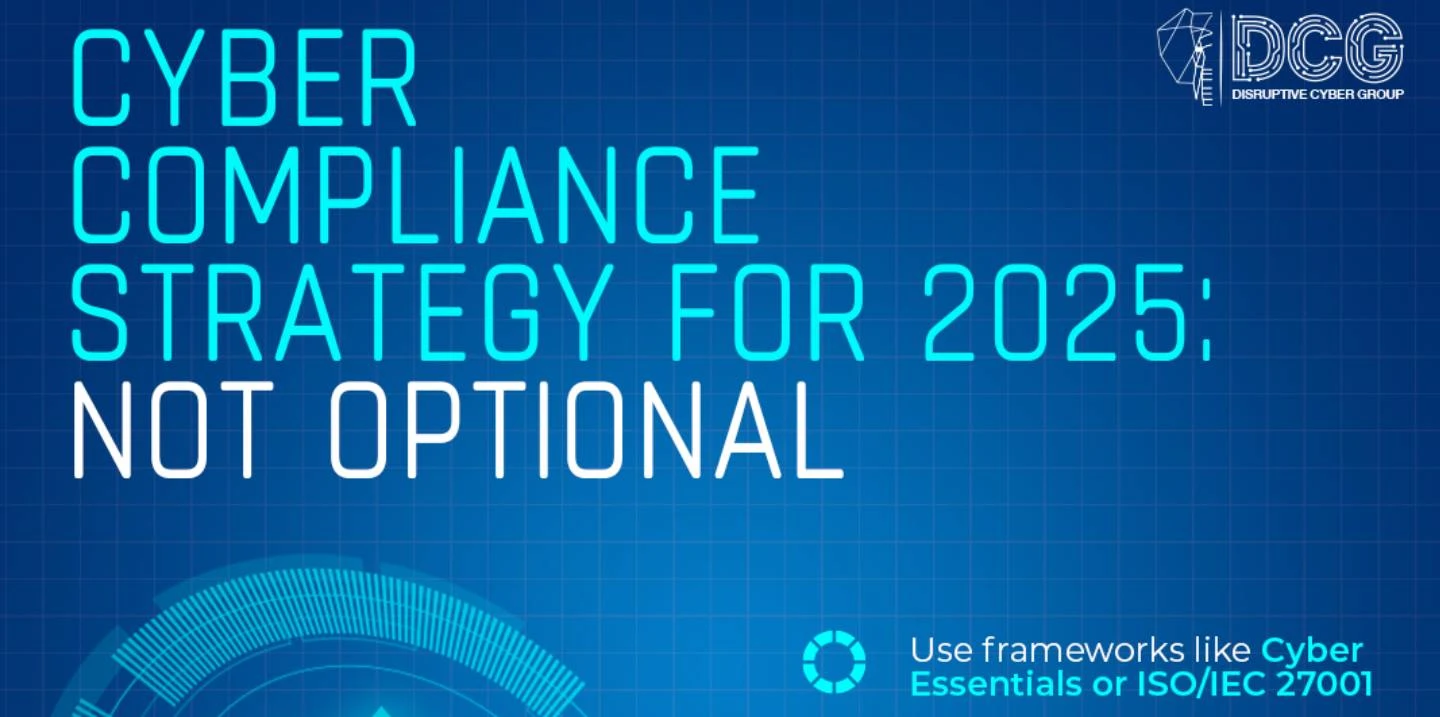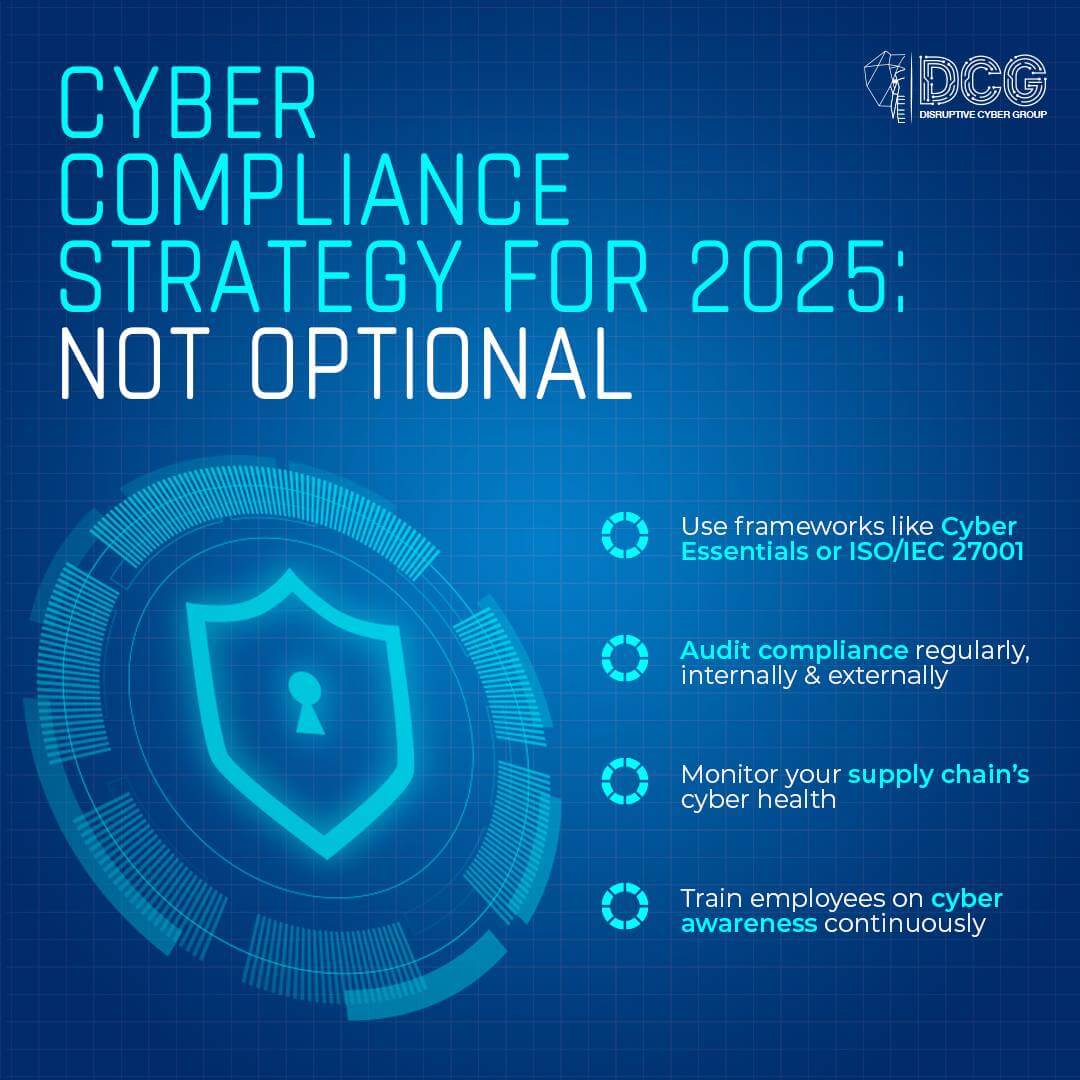
Given the increased frequency and seriousness of cyber attacks, cyber insurance has gone from a luxury to a necessity for business risk management. In the UK, we have seen many high-profile breaches and evolving regulations that have changed the risks insurers are willing to take with businesses seeking insurance coverage.
As claims continue to pile up, the insurers have tightened their underwriting against increased scrutiny from regulations. Instead of simply submitting to an insurance company with little documentation for coverage, businesses should expect to demonstrate with baseline maturity what they can do to safeguard networks and data.
In this blog, we explore how compliance and risk management are impacting cyber insurance eligibility, pricing and policy terms of UK businesses, and what businesses will need to do to prepare.

Mordor Intelligence expects the UK cyber insurance market to grow from £1.21 billion in 2025 to £2.27 billion within five years; however, as it has grown, the market has hardened, including increased premiums, narrowing the scope of coverage, and increased scrutiny of applicants.
In May 2025, the cyber attack on the retailer Marks & Spencer caused significant online disruption and a potential operational financial loss of over £300 million. The claim was reported to be £100 million to Allianz, although details of the claim will not be made public. Following that incident, the UK insurance industry has begun to evaluate risk management, especially in retail and finance.
Today’s insurers do not just ask whether a business has cyber security controls in place; they want evidence of compliance with recognised frameworks and regulations. Companies should be aware that if they cannot show this evidence, they risk either denial of coverage or increased premiums.


Those UK businesses that want to be insurable or reduce costs will need to have evidence of the following security controls in place:
This is now a basic requirement across almost all insurers, especially around remote access to critical digital products and privileged accounts.
Most relevant entities now prefer a detection based system to legacy antivirus. EDRs usually have ransomware detection capabilities and capabilities to respond to ransomware incidents.
On most insurance applications, insurers will ask for evidence of third-party pen tests and evidence for how myths manage the associated vulnerabilities.
It is essential to plan your response before an incident occurs and ensure that you rehearse it. Policies must be clear on escalation, forensics, and regulatory breach notifications.
People remain our biggest risk and therefore threat vector. Policies often require annual training as a condition of issuing the policy

Cyber insurance within the evolving threat and regulatory landscape of the UK is no longer just something passive to protect risk. It involves active compliance and evidence of cyber resilience.
This message is simple – only resilient organisations that comply will be eligible for acceptable and affordable cyber coverage in 2025 and beyond.
Ready to start your cyber resilience journey? Visit https://www.dcgsecurity.com/ today!

AI‑Powered Threat Intelligence: Defending Against Next‑Gen Attacks

Securing AI Agents: Managing Prompt Injection & Autonomous Risk

AI, Privacy, and Compliance: Adapting to New Global Regulations

Cyber Security Trends 2025: Navigating The Evolving Threat Landscape
Join industry leaders on cyber projects to create a global impact and ensure a secure digital future.